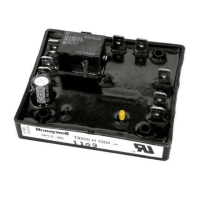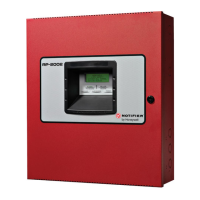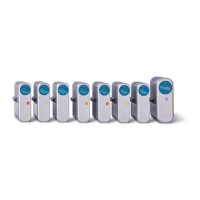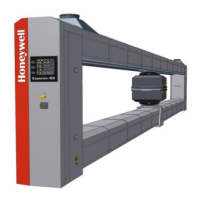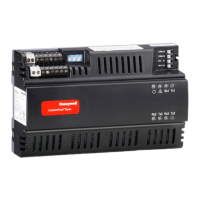MAINTENANCE
Honeywell Y&i!#h.
The standard bus works on a message basis.
Every user transmits his defined
message on the bus as requested by the controller. Based on the address, all
other users can selectively choose to receive the message or ignore it. The
receiving users must know the order of the data parameters within the
message, just as ARINC 429 users must know the labels of the data they desire
to receive. Each data parameter is called a word sequence position (WSP).
The word sequence positions start at WSPO, then WSP1, then WSP2, etc. Each
word sequence position contains 16 bits.
Figure 4 illustrates an example of a typical user subsystem. It shows a user
address defined for the DADC.
The defined messaqe content is shown in the
box to the right.
Other data in front and in ba~k of the actual data is
control and error checking information required in all user messages.
BUS CONTROLLER
{ ‘
REQUEST
TRANSMISSION
ADDRESS86
DADCNO.1
r,
FLAG RESPONSE
ADDRESS06
DADC
TRANSMISSION
1
PRESSUREALTITUDE
BAROALTITUDE
ALTITUDE RATE
INDICATEDAIRSPEED
TRUEAIRSPEED
MACH
TOTALAIRTEMPERATURE
STATICAIRTEMPERATURE
DYNAMIC PRESSURE
CHECKSUM
CRCERRORCHECK
~ FLAG
AD-15024-R2
Illustrationof a Typical User Subsystem
Figure 4
22-14-00
Page 22
Aug 15/91
Use or disclosure of information on this page is subject to the restrictions on the title page of this document.

